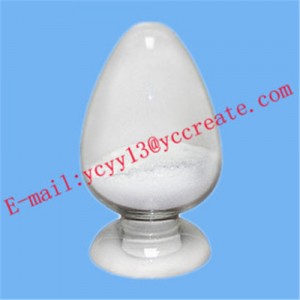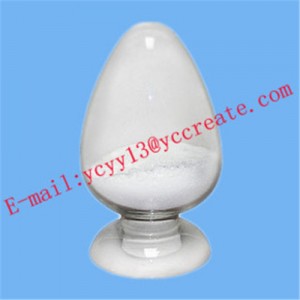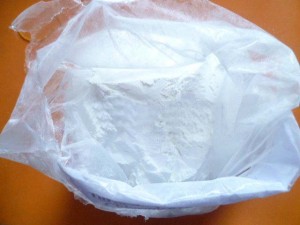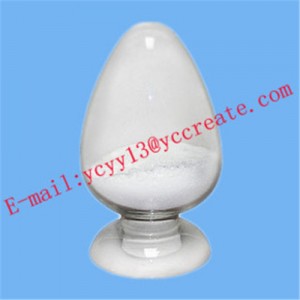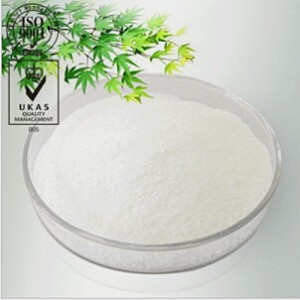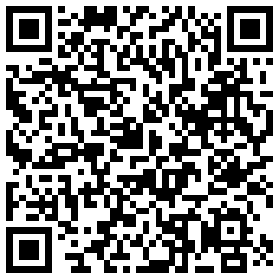99% Purity Benzocaine topical Anesthetic Powder CAS 94-09-7
Benzocaine Profile
CAS NO .: 94-09-7
EINECS: 202-303-5
Molecular formula: C9H11NO2
Molecular weight: 165.19
Density: 1.17
Boiling point: 172 ° C (17 torr)
Melting point: 89-92 ° C
Flash point: 164.2 ° C
Vapor pressure: 0.000589 mmHg at 25 ° C
Traits: colorless inclined square crystal, tasteless.
Solubility: soluble in alcohol, ether, chloroform. Can be dissolved in almond oil, olive oil, dilute acid. Very slightly soluble in water.
Usag:For the wound, ulcers and analgesic hemorrhoids.Used as a local anesthetic. Lasting effect, little toxicity. Mainly used for skin itching, trauma, hemorrhoids and ulcers and other pain. There are condoms companies will be added benzocaine in the condom, to delay the men in ejaculation in sexual life time.
nature: Colorless or white rhombic crystalline powder. Odorless, slightly bitter taste, after anesthesia. Case of light gradually color. Insoluble in water, slightly soluble in fatty oil, soluble in dilute acid, ethanol, ether, chloroform, almond oil, olive oil.
Preparation: By p-nitrotoluene by sodium dichromate / concentrated sulfuric acid oxidation of p-nitrobenzoic acid, and then with ethanol into the ester and iron / glacial acetic acid reduction derived.
Benzocaine Description
Benzocaine also known as "Anaisitai Xin" (Anaesthesine), scientific name ethyl p-amino benzoate.Benzocaine products-which are sold as gels, liquids, sprays and lozenges-are also widely used by adults. Doctors and dentists often use sprays containing benzocaine to numb the mucous membranes of the mouth and throat during such procedures as transesophageal echocardiograms, endoscopy, intubation, and feeding tube replacements.
Benzocaine Usage and Dosage
1 ear with 20% suspension, an adult available 4 to 5 drops, drip into the external auditory canal, on-demand 1 to 2 hours can be repeated administration, usually after the ear to be blocked with cotton to avoid outflow; children generally do not.
2. Ointment 5%, 20%, adult for hemorrhoids, coating the affected area, early, late and after the 1; children do not.
3. Aerosol 20% for the skin or mucosal parts can be repeated on demand; 3-year-old children do not.
4. Gel 20%, mainly for oral gingival affected area, to stop toothache, children with a gel of 5%.
5. Spray liquid 10% to 20%, spray the affected area, according to need to repeat, children with caution.
[Pediatric Use] should not be used in children under 2 years of age and 2 years of age, under special circumstances, after careful consideration of the pros and cons of professional advice and guidance before use.
 English
English Español
Español Русский
Русский עברית
עברית Français
Français










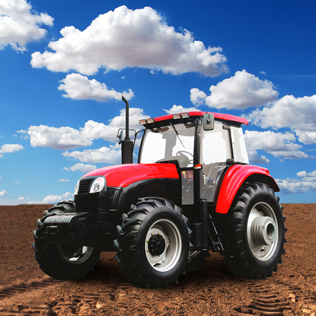

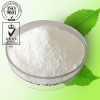

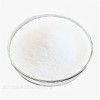
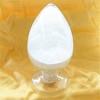



 Product quality protection
Product quality protection 